Know Your Lore: The uneasy reign of Warchief Sylvanas Windrunner
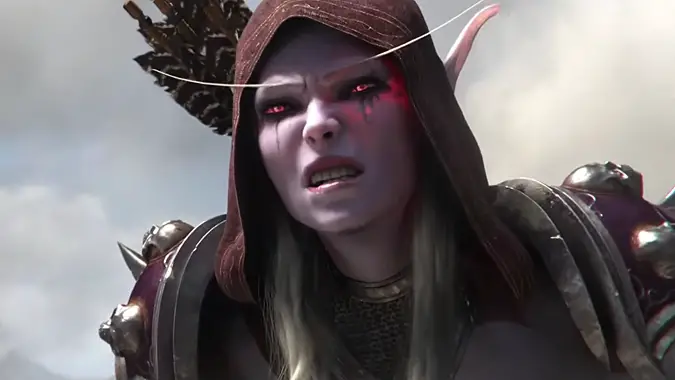
I read Before the Storm and, without giving spoilers, I have a feeling about the next expansion. One that I didn’t really have before, although I’ve hinted at the idea in jest. But after this book I honestly don’t see how Sylvanas can end Battle for Azeroth as the Warchief of the Horde. I think even her position as ruler of the Undercity and Banshee Queen of the Forsaken is in jeopardy.
Not specifically because of Anduin Wrynn, no. But a leader who commits tremendous resources to perfectly symmetrical violence that costs her her own seat of power and makes her people dispossessed refugees isn’t one who can reign comfortably. Sylvanas takes actions in the book that I think will ultimately come back to bite her.
Please note: The following Know Your Lore contains spoilers for both Before the Storm and Battle for Azeroth. If you’re avoiding spoilers, turn back now.
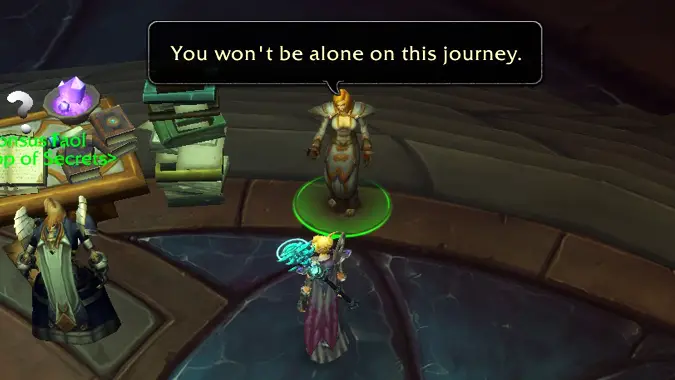
The stage as it has been set
If you read the recent Windrunner: Three Sisters comic, it built off of the events between Sylvanas and Vereesa in War Crimes. It presented the divide between the three surviving Windrunners. All three have had their lives veer off in drastically different directions since the Dark Portal closed at the end of Warcraft II, stranding Alleria very far from home.
Of the many consequences of the meeting between Vereesa, Alleria, and Sylvanas is that Sylvanas has become convinced that no rapprochement is possible between the Forsaken and those that were once their friends and loved ones. The living cannot understand or forgive the dead for not being quiet. And this attitude colors much of Before the Storm.
Sylvanas takes very specific action in Before the Storm to reinforce that attitude.
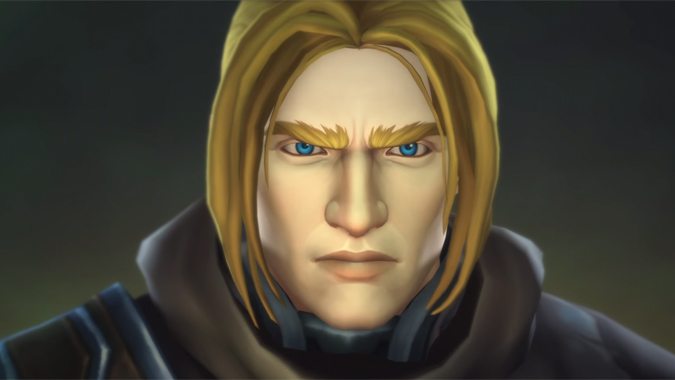
A broken chance
In the book, Anduin Wrynn reaches out to Sylvanas with a proposal for an armistice between Alliance and Horde. A single day where the Forsaken and their Human relatives come together and discover whether or not there could ever be peaceful contact between them. Sylvanas doesn’t believe this is possible, but knows that simply refusing it would be a wedge in her people. A wedge that could potentially strike at their loyalty to her — and so she agrees. But in the end, when some of the Forsaken decide to defect to be with their loved ones in the Alliance, Sylvanas takes brutal action.
She outright murdered the members of the Desolate Council who were planning on defecting to the Alliance. She killed Calia Menethil, and even those members of the Desolate Council who remained personally loyal to Undercity and Sylvanas. By doing so, Sylvanas has inadvertently created one of the greatest threats to her own reign as Banshee Queen.
This is because Calia, who was alive, is now a new form of undead. Not one created by necromancy but by the Holy Light itself. Calia isn’t alive, her body doesn’t breathe, but neither does it rot or decay — the Light suffuses it.
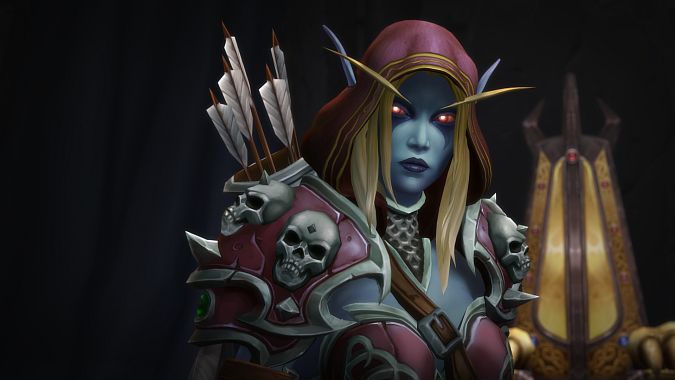
An existential threat
This makes Calia an existential threat unlike anything Sylvanas would have faced had she left Calia alive. Alive, Calia would never truly be an acceptable leader to the Forsaken. Some may have accepted her, but the sheer weight of what Arthas did and her being a living being who would never understand what it was like to be undead was too great a bar to cross.
But an undead Calia Menethil who can clearly show that she understands what they are? A woman who can offer them a different path? One who might even be able to offer them a state of existence that isn’t the rotting, horrid nightmare of most Forsaken?
The book is particularly clear that being Forsaken is ghastly in many ways. They can’t heal and can enter their Final Death much more easily than a living person. They don’t age and could exist indefinitely, but it’s a lot easier for them to fall apart from the wear and tear of day to day living. In many ways, the Forsaken are fragile — Sylvanas had to take extreme measures to ensure that Nathanos was restored to a form closer to that which he had when he was alive.
But Calia doesn’t have to worry about that. The Light sustains her, and the book even hints that this was the Light’s plan for her all along, that she become a beacon of hope for the Forsaken. As a living priest, she couldn’t, but as an undead one? She’s now the greatest rival Sylvanas could ever have.
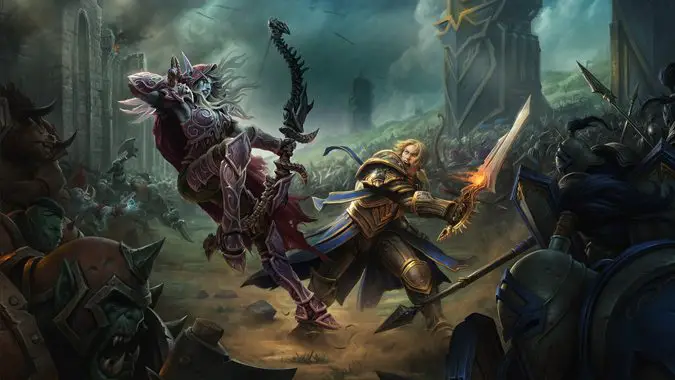
Her greatest enemy
But Calia isn’t the biggest threat to Sylvanas. Sylvanas is.
Sylvanas is incapable of perceiving things through any other lens than the one she’s used ever since she died. She automatically assumes anyone she deals with is at least as duplicitous as she’s become. That any situation will play out the same way regardless of any other factors present. Her reunion with her sisters caused her pain that struck to the core of her. Therefore, any reunion is doomed to failure and pain.
She’s quick to seize upon other failed reunions and not so subtly reinforces the resentment of those Forsaken whose reunion with living loved ones fell flat. She’s therefore unable to anticipate properly that some Forsaken and Humans could bridge the gap. That they could express love for one another again. Much less that some of these Forsaken would even be tempted to flee to the Alliance to be with the people they love.
Her ruthless, brutal suppression of those Forsaken takes the form of a slaughter as her Dark Rangers kill her own people rather than let them leave. It even goes so far as to kill those that were still on the field who were in no way trying to defect to the Alliance. Because Sylvanas saw the very idea of bonds of love between the living and the dead as a cancer to be cut out of her people.
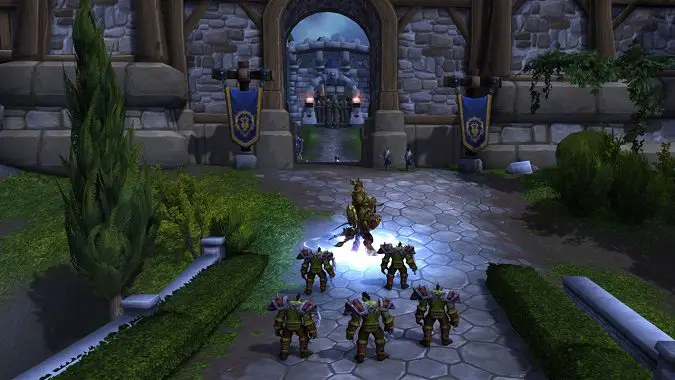
Sylvanas against the Forsaken
This is because her current drive towards immortality and preventing extinction for the Forsaken has her planning to attack Stormwind. She wants to raise everyone there as Forsaken. Anything like recognized kinship with the living would play havoc with that plan. But it’s also because she herself couldn’t imagine any other way to love her sisters. When she had the chance to establish a bond with Vereesa, she only imagined it working after she killed Vereesa and raised her as Forsaken.
Sylvanas sees the Forsaken as all she has left. Her actions in Windrunner: Three Sisters show that she is incapable of facing or addressing the lingering feelings she feels for her sisters. A planned ambush that would have killed both Vereesa and Alleria was prepared but never sprung, as Sylvanas was unprepared for Vereesa’s simple emotional appeal to her.
And that’s the tragedy here. Sylvanas killed those members of the Desolate Council in Arathi not for disloyalty, but because she sees in them what she can’t cut out of herself. The hunger, even in her undead state, for connection to her family. She sees it as a weakness, she derides it and makes excuses for it. But it’s still there — and what she can’t remove from herself, she can destroy in others.
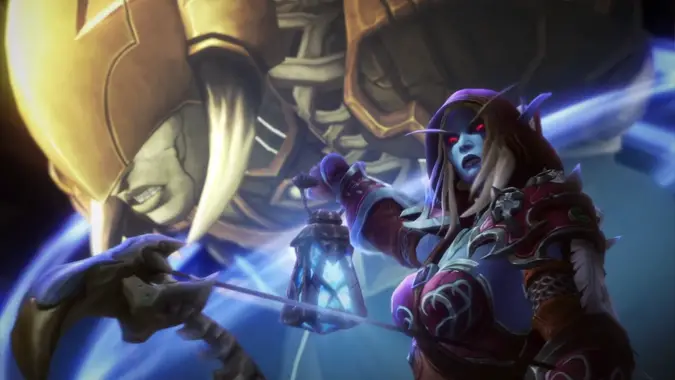
The cost of all things
So we have the problem of Calia Menethil, exacerbated by Sylvanas’ own hand, and we have Sylvanas, trying to turn the Forsaken as a people into herself. But another threat to her continued reign is the Horde.
With the Legion attacking, Sylvanas was the obvious choice to lead them. She was their greatest tactician. She was their most experienced general. The only two who even came close to her experience as a leader during wartime were Varok Saurfang and Lor’themar Theron. Theron was her second during the Third War — her subordinate, with less experience and acumen than she has. And he’s been busy trying to consolidate and lead his people, so he hasn’t been fighting as she has. Saurfang, while a veteran of the First and Second Wars who led the Might of Kalimdor, still isn’t the tactician Sylvanas is.
But a good war leader isn’t necessarily the best outside of war, and it seems clear that Sylvanas knows this. She sees the Alliance as prey, and intends to keep the Horde fighting. She even goes so far as to blackmail Baine Bloodhoof with her awareness of his correspondence with Anduin. She makes it clear that she could well charge him with treason, in order to keep her Azerite mining operations going.
Sylvanas has no interest in and perhaps no capacity to see the Alliance as anything but an enemy because she needs an enemy. As long as she’s Warchief, she resides on the deck of an unsteady ship. Even as the Forsaken feel abandoned by her, the other Horde races are leery of her. Saurfang even takes pains to point out to her that she must be Warchief to all the races of the Horde, not just the Forsaken.
Furthermore, she sees war with the Alliance as the only means to preserve the Forsaken. Without the ability to command limitless Val’kyr that she would have had if she’d succeeded in controlling Eyir, she needs the dead of Stormwind to bolster her ranks. Massacring the Alliance is a means to an end for her. In other words, peace between the factions is a threat to her.
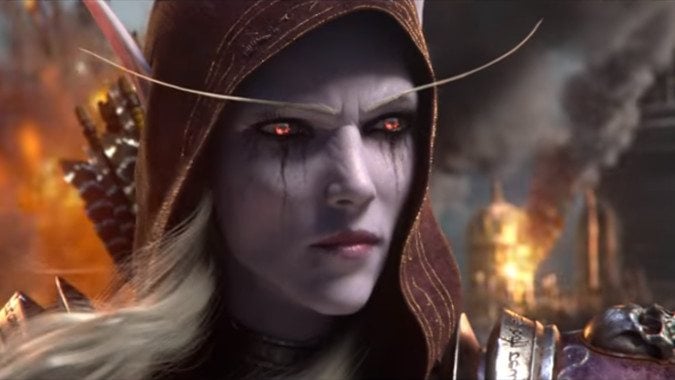
Victory conditions
Sylvanas as a ruler is unable to accept that her people may want different things than she does. She’s unable to accept any other position but the one she’s already decided on out of fear that it will destroy her. All the while, she’s leading a group that by and large is composed of those who don’t trust her motives. And she’s created at least one rival with as good a claim on the hearts and minds of the Forsaken, who were the people of Lordaeron before they died. With them about to lose Lordaeron, Calia Menethil might in fact be the only way they could ever return to their homeland.
We have a long way to go yet, but these aren’t good things for Sylvanas as either Warchief or Banshee Queen.
Please consider supporting our Patreon!
Join the Discussion
Blizzard Watch is a safe space for all readers. By leaving comments on this site you agree to follow our commenting and community guidelines.
 @MatthewWRossi
@MatthewWRossi



